What HPE's results say about the direction of enterprise AI
As with cloud computing, some companies value privacy over capacity


Hewlett Packard Enterprise (HPE) impressed markets last week with its latest quarterly earnings report in a major seal of approval for the firm’s AI services portfolio.
In Q4, the company generated $8.5 billion (£6.7 billion) in revenue, marking an increase of 15% year-on-year.
During the earnings call on 5 December 2024, CEO Antonio Neri pointed to “the continued adoption of GreenLake and the acceleration of our revenue growth in AI”, according to a transcript provided by Seeking Alpha.
Neri said the company is “positioned to lead the next wave of innovation” and pointed to its launch of HPE Private Cloud AI, a partnership with Deloitte for private AI deployment, and Unleash AI Partner Program as evidence.
It’s no secret that HPE has been pushing the idea of private AI for the past couple of years, and private cloud for several years before that. Yet these most recent results seem to suggest the company could be onto something.
As Citi analyst Asiya Merchant wrote in a note to clients, also published by Seeking Alpha: "While AI orders/revenues can be lumpy, we see the potential for stronger contribution from enterprise AI and sovereigns, which bodes positively for revenue momentum and margins ahead."
Cutting through the jargon, this means that there is definite and growing interest in AI solutions from enterprises that deviate from the public cloud-based offerings we see from OpenAI, which resides entirely on Microsoft Azure infrastructure.
Get the ITPro daily newsletter
Sign up today and you will receive a free copy of our Future Focus 2025 report - the leading guidance on AI, cybersecurity and other IT challenges as per 700+ senior executives
It’s not just enterprises that are interested in moving AI – and more traditional cloud workloads – into a private cloud infrastructure. The “sovereigns” mentioned above are what most people would call countries or territories and is a segment HPE is addressing with its sovereign cloud products.
It’s far from the only traditional enterprise hardware provider to do so, either. For example, Oracle announced a sovereign cloud region for Europe in 2023 and Rackspace did the same for the UK in 2024.
Public cloud experience leads to public AI hesitancy
One of the factors that may be playing into this apparent interest in – and growth – of private AI products is large enterprises’ experience with cloud computing.
At the beginning of the cloud computing revolution, public cloud was touted as the way forward across software delivery (SaaS), as well as platform and infrastructure provisioning (PaaS and IaaS, respectively). While the SaaS argument has been won in multiple areas – particularly CRM and HR – IaaS in particular is more nuanced.
Some enterprises, particularly but not exclusively those in regulated industries, quickly ran into problems with data sovereignty and data protection. This boils down to whether the assurances and guarantees provided by public cloud providers were enough to meet their compliance obligations or generally give them a sense of security around their data.
An issue for large businesses more broadly was the total cost of ownership (TCO) of using a public cloud service versus on-premises or private cloud. While public cloud can be more economical at the beginning of a project or deployment, as time goes on and deployments scale up, those returns diminish.
As laid out by Spiceworks, “although public cloud is inexpensive, the ownership cost can rise sharply if the public cloud is scaled for extensive usage. Mid-sized to large enterprises are more susceptible to this challenge as their operations can increase rapidly as per demand”.
These two issues may be making the same organizations think twice before diving into public AI offerings – which are, after all, based on the public cloud.
RELATED WHITEPAPER

With private AI offerings promising greater data protection and security, as well as results that are more attuned to an organization’s needs, having been trained on its data, it’s easy to see why it’s an enticing prospect.
Ultimately, it will take a few years for the reality of the trend to shake out as the hype around and novelty of generative AI wears off. It’s also worth bearing in mind that some of HPE’s buoyant AI results are coming from supercomputing.
While these facilities are currently popping up like mushrooms, they are normally multi-year projects that are expected to last much longer than any traditional IT deployment.
But for now, business is booming in AI, and enterprises that were burned by the cloud are fueling it.

Jane McCallion is Managing Editor of ITPro and ChannelPro, specializing in data centers, enterprise IT infrastructure, and cybersecurity. Before becoming Managing Editor, she held the role of Deputy Editor and, prior to that, Features Editor, managing a pool of freelance and internal writers, while continuing to specialize in enterprise IT infrastructure, and business strategy.
Prior to joining ITPro, Jane was a freelance business journalist writing as both Jane McCallion and Jane Bordenave for titles such as European CEO, World Finance, and Business Excellence Magazine.
-
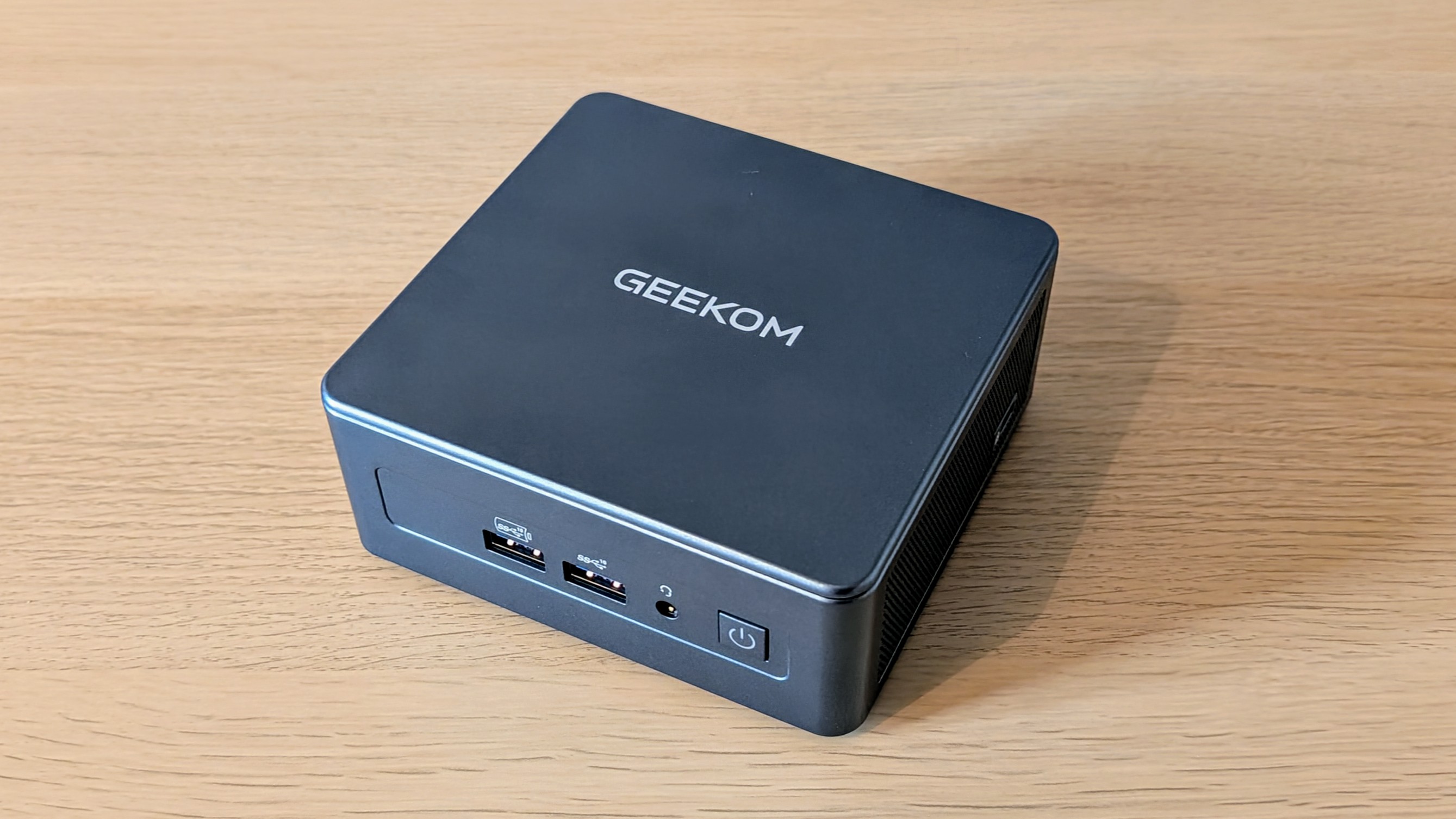 Geekom Mini IT13 Review
Geekom Mini IT13 ReviewReviews It may only be a mild update for the Mini IT13, but a more potent CPU has made a good mini PC just that little bit better
By Alun Taylor
-
 Why AI researchers are turning to nature for inspiration
Why AI researchers are turning to nature for inspirationIn-depth From ant colonies to neural networks, researchers are looking to nature to build more efficient, adaptable, and resilient systems
By David Howell
-
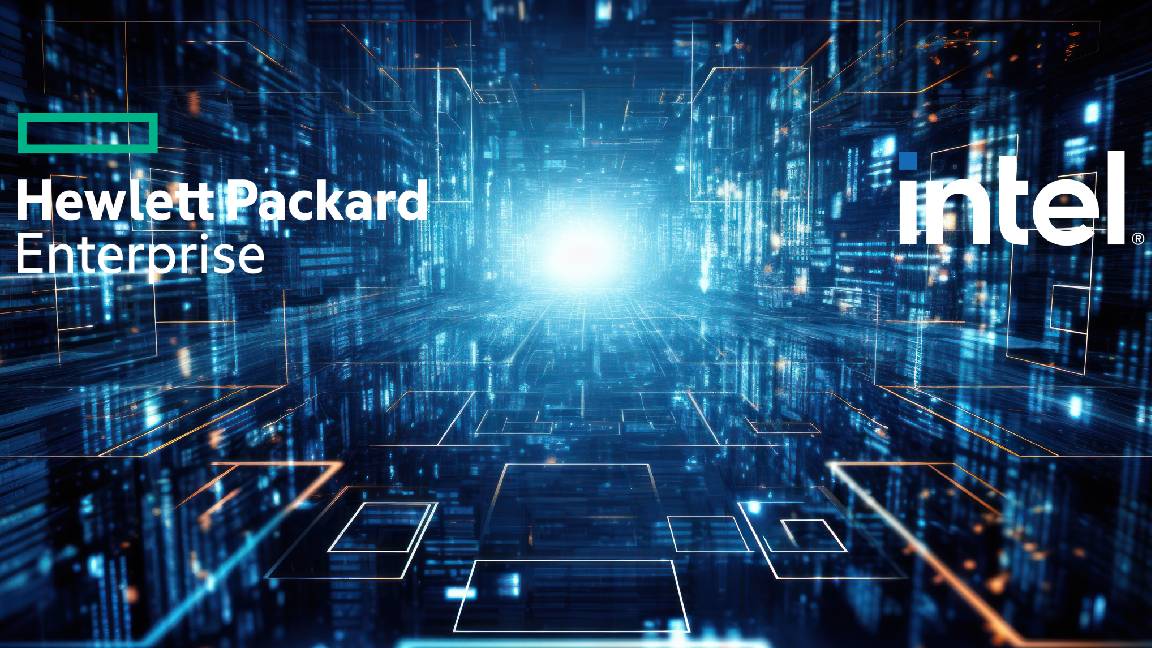 Gaining timely insights with AI inferencing at the edge
Gaining timely insights with AI inferencing at the edgeWhitepaper Business differentiation in an AI-everywhere era
By ITPro
-
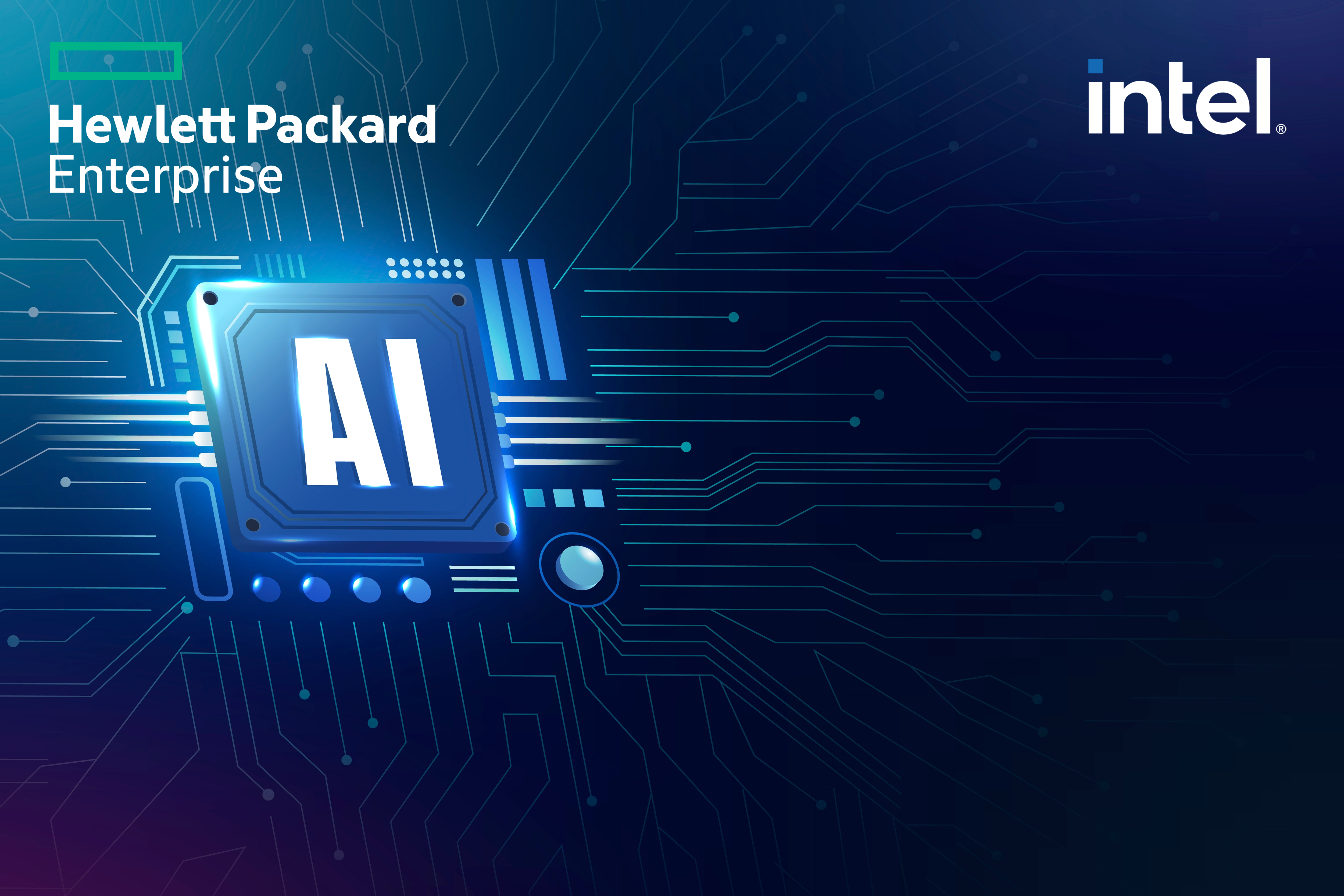 Digital strategies in the era of AI
Digital strategies in the era of AIWhitepaper Businesses are on the cusp of a major paradigm shift
By ITPro
-
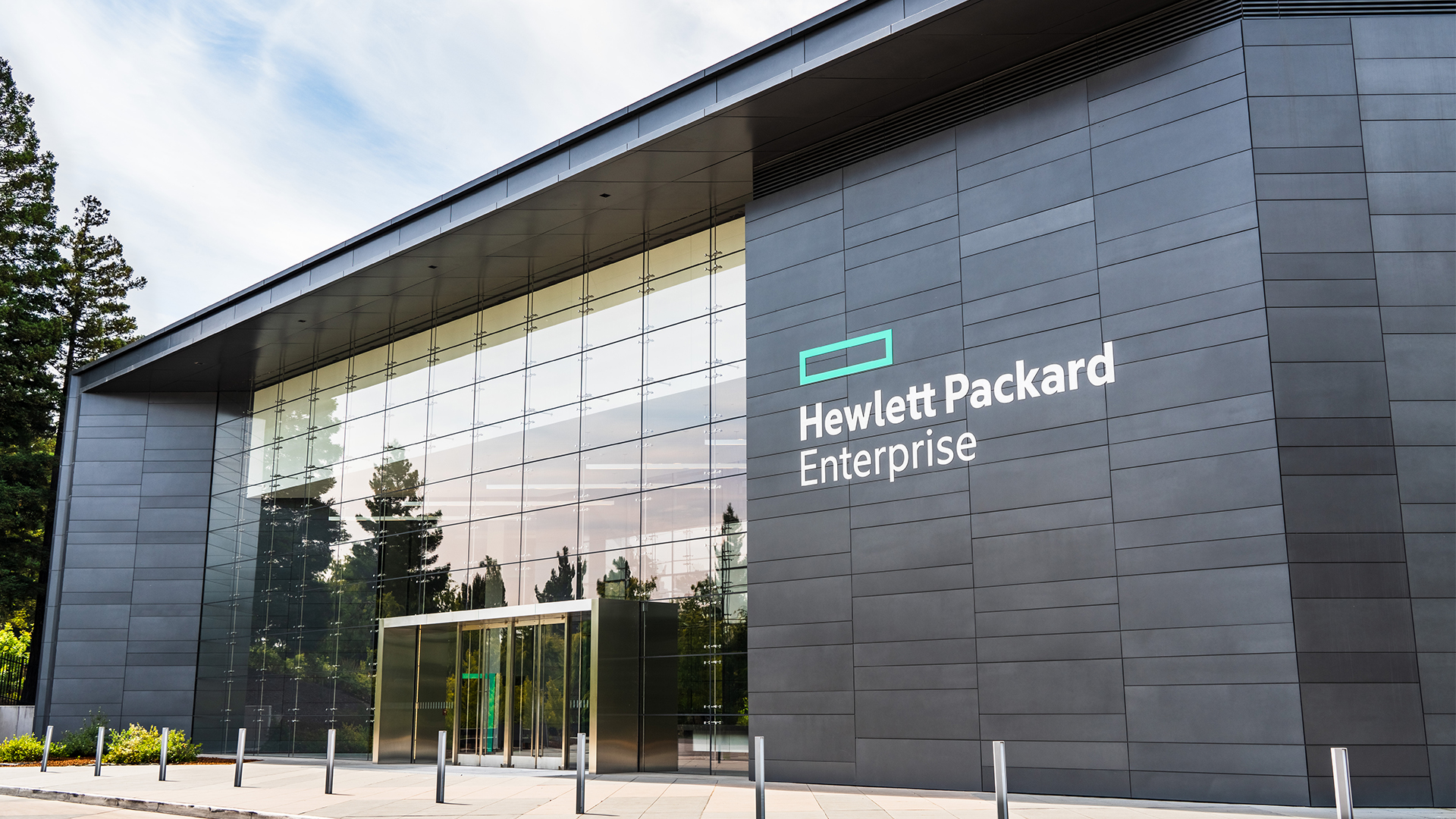 HPE’s AI and supercomputing journey continues with new Cray and Slingshot hardware
HPE’s AI and supercomputing journey continues with new Cray and Slingshot hardwareNews The company is also wooing MSPs and enterprises looking to roll out AI on-premises
By Jane McCallion
-
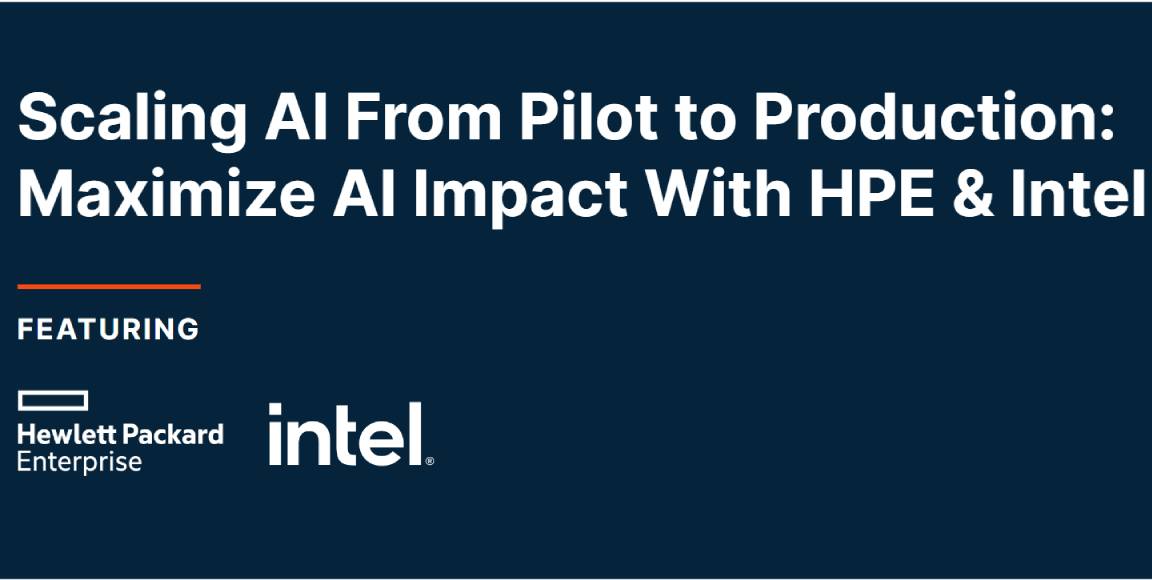 Scaling AI from pilot to production: Maximize AI impact with HPE & Intel
Scaling AI from pilot to production: Maximize AI impact with HPE & IntelWhitepaper Transform AI proof-of-concepts into full-scale implementations
By ITPro
-
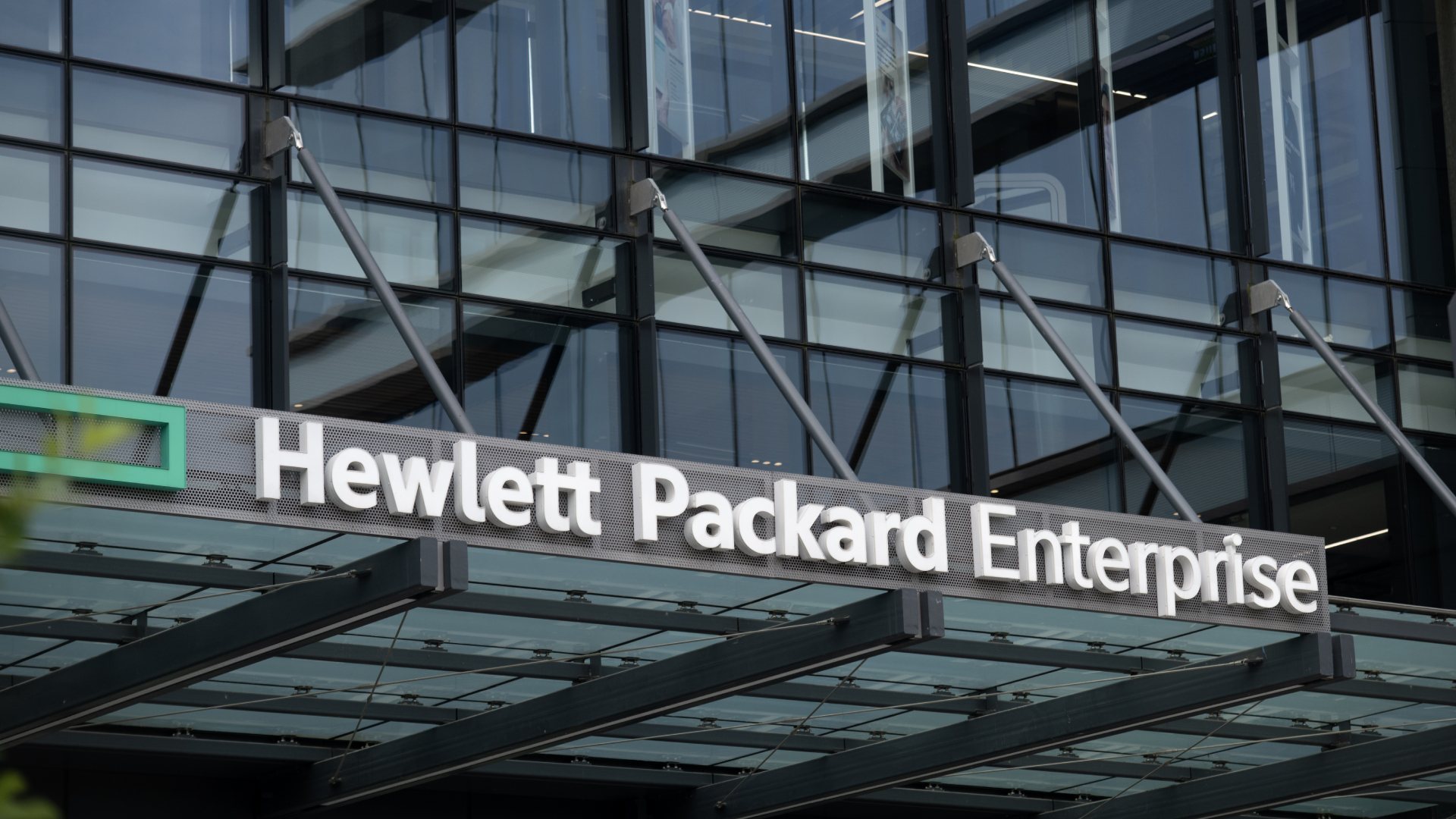 HPE’s ‘one-click AI solution’ for private cloud cuts project times from months to a ‘single moment’
HPE’s ‘one-click AI solution’ for private cloud cuts project times from months to a ‘single moment’News The new tools allow generative AI virtual assistants to be launched in seconds, using private data
By Emma Woollacott
-
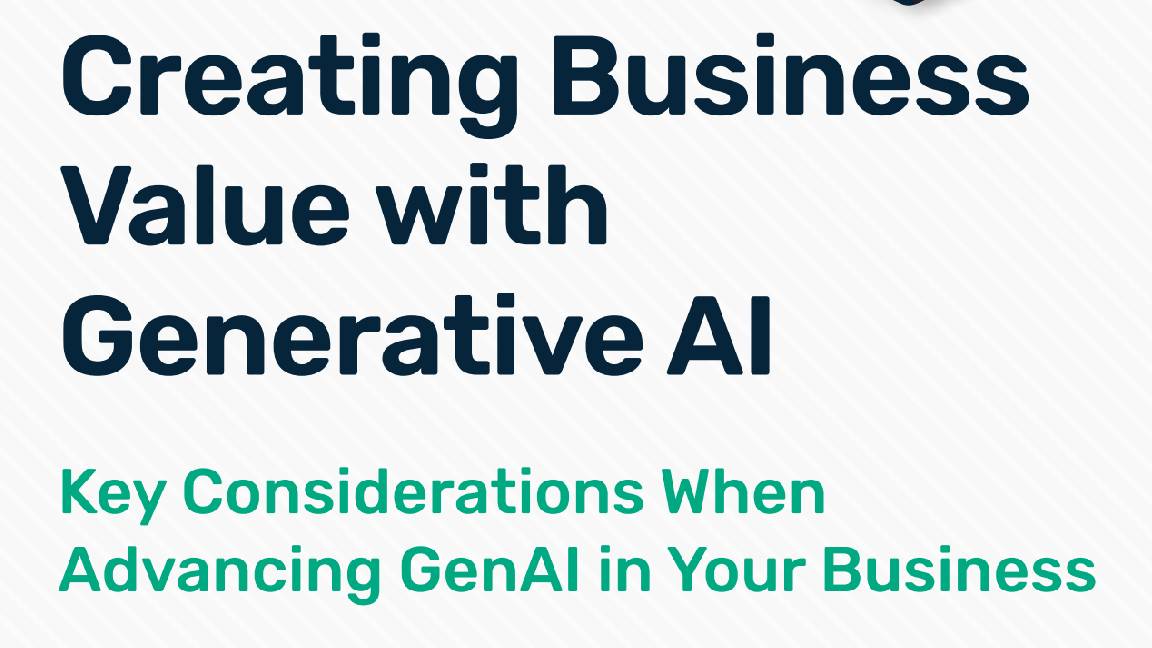 DE: The Gorilla Guide® to... Creating business value with generative AI
DE: The Gorilla Guide® to... Creating business value with generative AIWhitepaper Key considerations when advancing GenAI in your business
By ITPro
-
 FR: The Gorilla Guide® to... Creating business value with generative AI
FR: The Gorilla Guide® to... Creating business value with generative AIWhitepaper Key considerations when advancing GenAI in your business
By ITPro
-
 Esp: The Gorilla Guide® to... Creating business value with generative AI
Esp: The Gorilla Guide® to... Creating business value with generative AIWhitepaper Key considerations when advancing GenAI in your business
By ITPro